If you enjoy darker humor, these webtoons will keep you entertained. Weird, ranging from puns and lighthearted jokes to twisted comics that make you ask, “wait… what?”. Tony Esp is a comic artist and animator who is virtuous at making any comic strip shocking, twisted, and dark.
It’s practically impossible to predict how they will conclude because these short stories are one-of-a-kind and could go in various unexpected directions. One thing is sure: You won’t be able to stop reading them.
This article was originally published on absolutelyconnected.com and has been republished here with permission.
Meet Tony Esp
Four years ago, the Mexico-based artist began drawing comics as a way to improve his skills in his spare time. Esp told us that at the beginning of his career, he dreamed of making this a full-time job.

Here’s how he began: “Around Oct 2016, I wanted to create a YouTube channel, but I realized I didn’t have the drawing skills for what I wanted to create, so I had to quit it. I remember reading a comic called Rosianna Rabbit by Alex Dempsey and thought that webtoons were a way to improve my art. So I started drawing comics.”
Where Tony draws inspiration from
We were curious about Tony’s source of inspiration, which seemed to be as random as the concepts in the webtoons. He shared with us, “I don’t exactly sit down in my chair and try to write something funny. Most of the jokes came while I was in the shower, and on occasions, I base them on my life.”
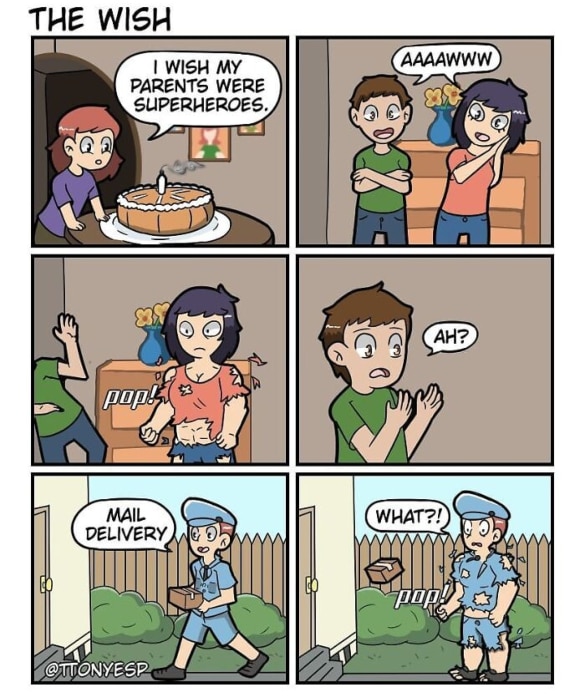
The artist believes his warped sense of humor, not his art style, distinguishes him from the crowd: “I don’t have a specific art style for my webtoons, so definitely my weird comedy.” Indeed his sense of humor stands out!
The hardest part of writing jokes
Creating webtoons is the most challenging part for the artist. When asked about it, Tony said, “The most challenging part is having a good joke. I have a list of useless jokes on my PC that, if I were to draw 1 comic every day, it would take me about 1.5 years to draw them all. Jokes come and go, but only one is good enough to be drawn.
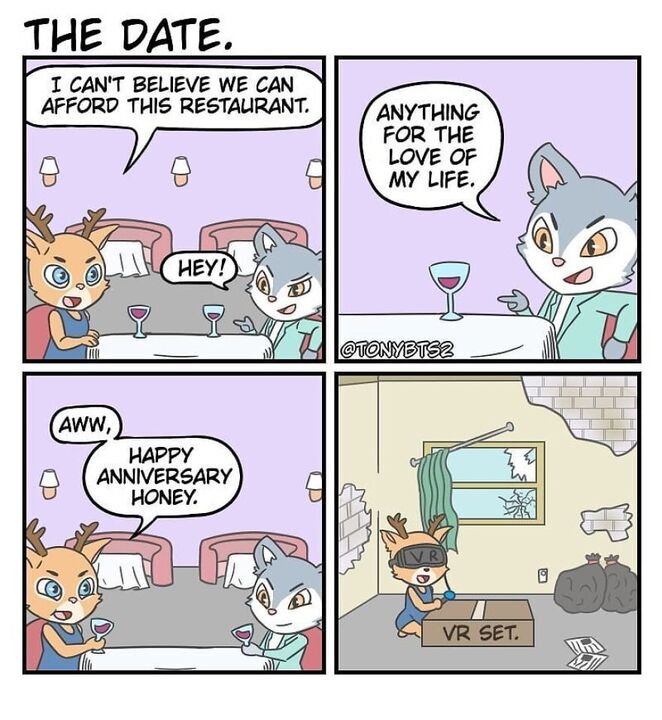
Too bad they come once in a blue moon.” However, his proudest moment as an artist has nothing to do with webtoons but when someone tattooed one of his drawings.
What happens when you have burnout?
When the unexpected global COVID-19 outbreak occurred, it was a particularly trying time for the artist, who had taken a break from comics at the end of 2019 due to burnout and had tried unsuccessfully to take on other artistic projects when the pandemic struck. Tony, in particular, has not given up despite the mental strain.
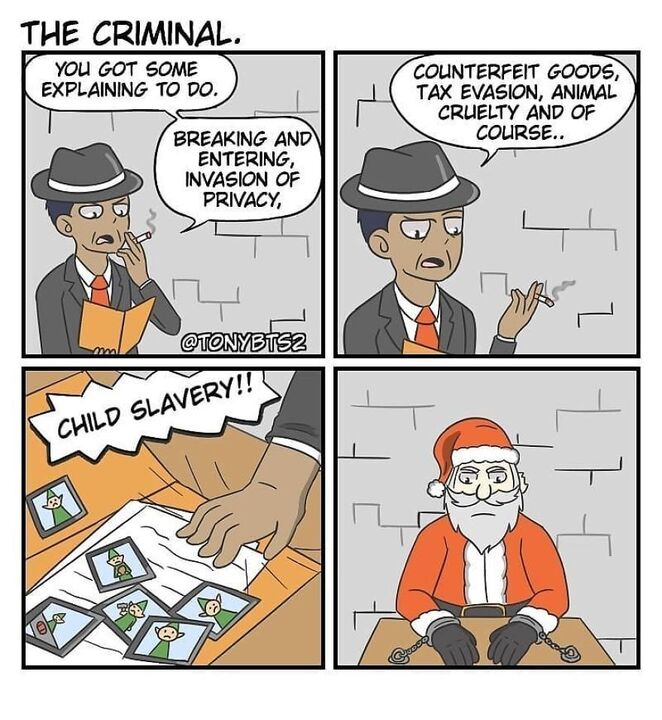
Probably because of the words he also wanted to share with us: “You will not accomplish anything if you wait for things to get better before getting started.” Fortunately, he is back making webtoons and animations, which you can see in his Twitter account.
The comic book industry
The comic book, graphic novel, manga, and anime industries are among the most rapidly expanding in all of literature, and the demand for excellent artists grows with each passing year. The comic book industry has reached an all-time high not seen since 1997, with sales increasing in each of the last five years, thanks to the rise of comic-book-based blockbusters like Deadpool, Ant Man, and Guardians of the Galaxy over the last decade.
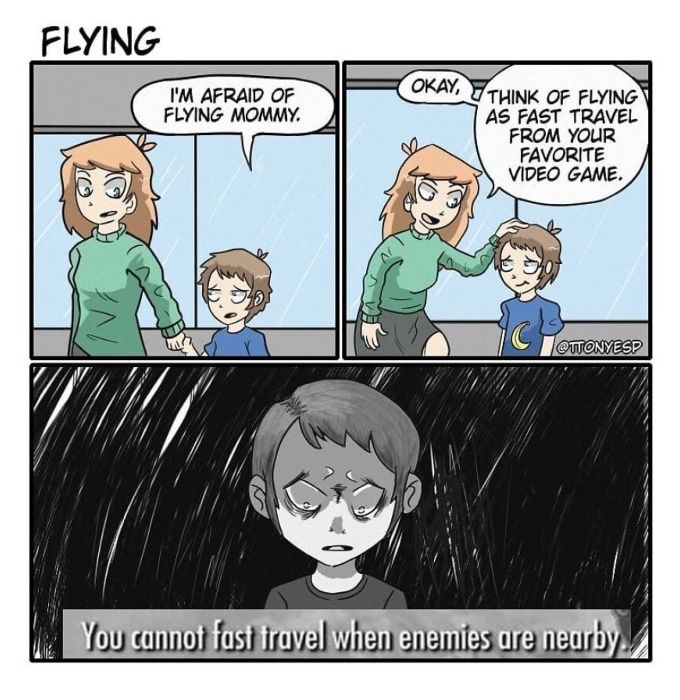
Even webtoons such as Twokinds, and Not A Villain have grown in popularity in recent years. This is a great time to pursue a career in arts!
The basics of comic book art
A comic book or graphic novel artist creates work in the form of a comic strip and may either create the entire strip or contribute to only a portion of it. They use humor to tell a tale about ordinary circumstances, current events, and made-up worlds.
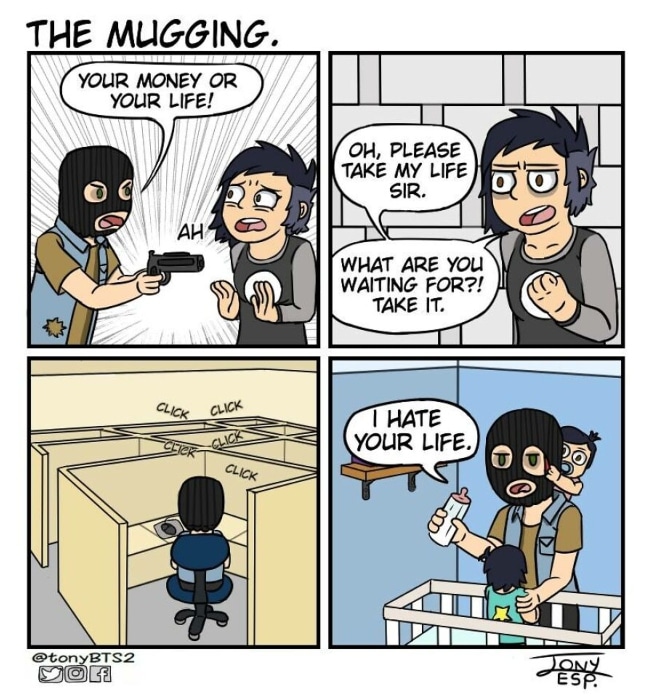
It’s not uncommon for a webtoon or a comic to be created by a group of people. One artist may just work on the comic’s main characters, while another artist or artist works on the backgrounds, and a writer or writer works on the screenplay. It is also worth mentioning that these positions can be swapped out.
A competitive industry
The comic book and graphic novel industry, like the professions of illustration and design, is tremendously competitive, and success requires exceptional talent. And it is possible that your first employment will not be as a comic book artist.
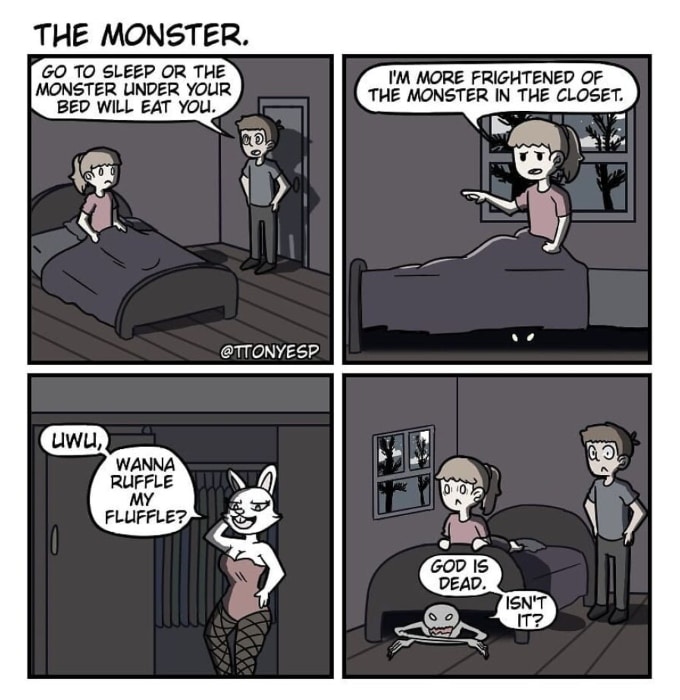
On the other hand, entry-level work at a publishing house or a film production company can provide essential skill-building chances that you can use later. Once you have experience in the publishing arena, getting your work across to the right people will be easier. Working from the inside up to where you want to be is recommended.
The essential skills you’ll need
Although almost anyone may become a comic book or a webtoons artist, there are a few necessary abilities to succeed in this field. Obviously, creative ability and a natural talent for drawing are the most vital skills to have, followed by the capacity to conceptualize.
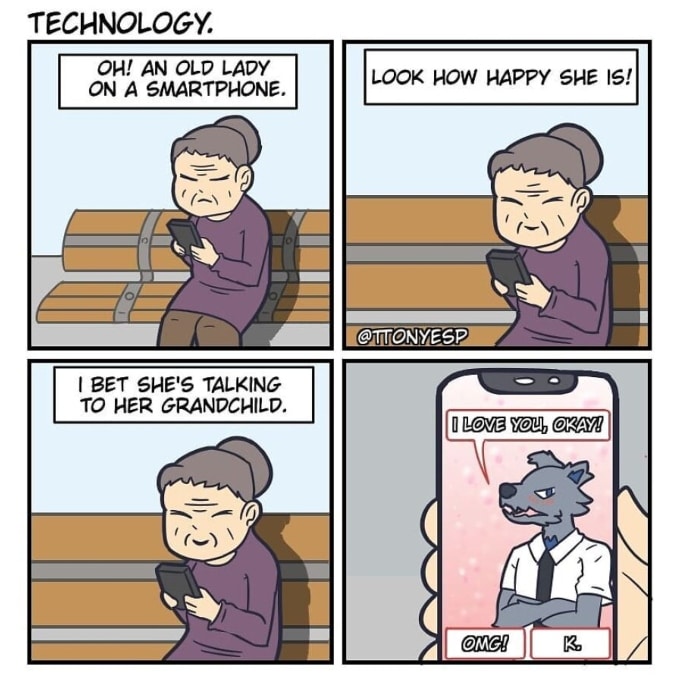
And, because a lot of comic book art is created digitally, even for printed comics, artists must be familiar with and proficient in a range of graphic software, including Adobe Photoshop and Illustrator. A Wacom tablet is also recommended. However, the process of making comics typically begins with a pencil in the form of rough sketches on paper.
A webtoon artist must know human anatomy
A comic book artist must be able to sketch the human body accurately because most (if not all) comics include a primary character and a few or many secondary characters. Unless the comic specifically asks for it, over-exaggeration can only take an artist so far; making characters look believable is crucial in this competitive industry.
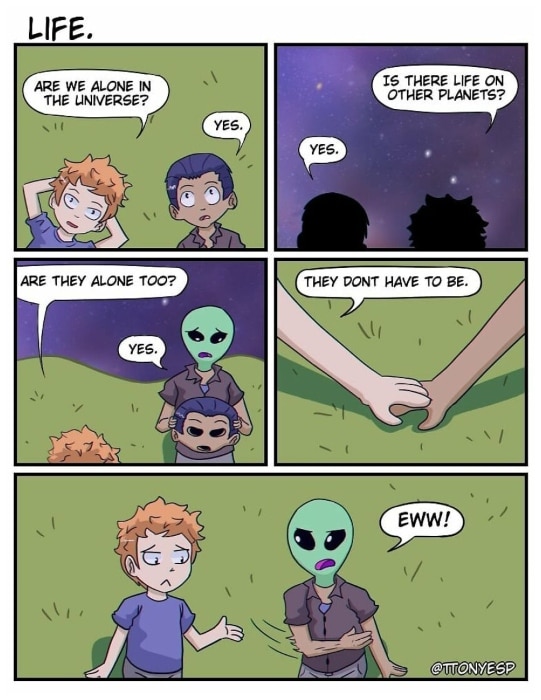
Artists must also be able to tell a tale through successive panels of artwork that take readers (or viewers) on a journey. Even if you are not the best writer in the world, you must have a plot in mind from beginning to end.
Pursue a degree in graphic art
Earning a degree is one of the most valuable methods to break into the comic book and webtoons industry. Although a college degree is not mandatory nor explicitly required, the quality of training you will receive can help you find work, advance in your area, or start your own business.
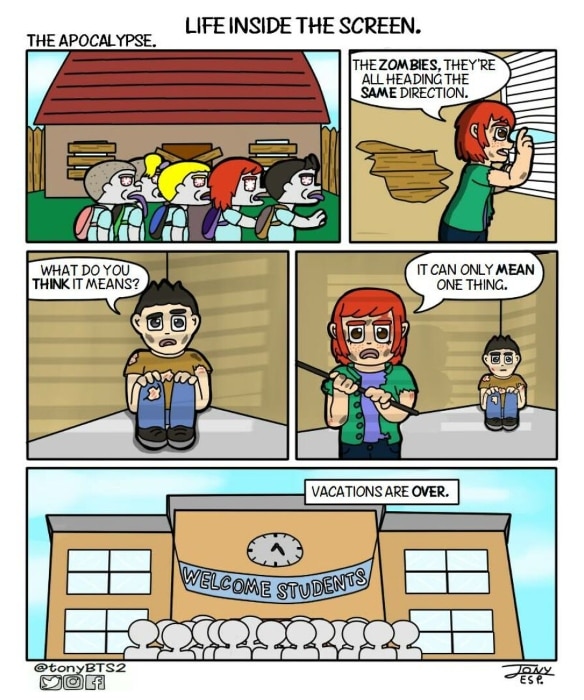
Most comic book artists will pursue an art degree with an emphasis in drawing or illustration, during which time they will master numerous studio or fine art techniques as well as graphic design. Art schools often offer specialized programs in drawing and illustration, emphasizing graphic novel and comic book art.
Webtoons
Webcomics, also known as Internet or online comics, are comics that are published on the internet, usually on an artist’s personal website, but often on sites such as Reddit, Imgur, Tapastic, or WEBTOON, to name a few.
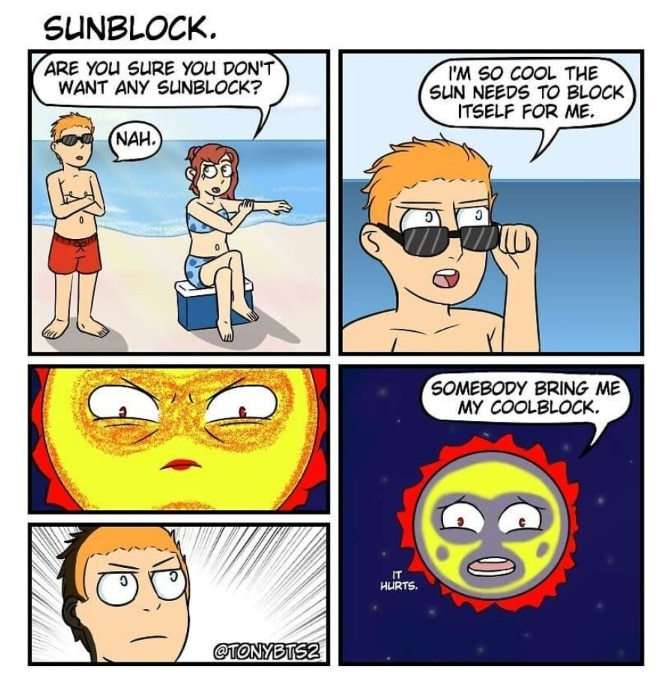
They’re usually published on a regular schedule (Monday through Friday, 3 times a week, or on weekends) and are free to read, though most webcomic artists make money via ads on the site, or even by selling t-shirts with imprinted artwork. Xkcd and Saturday Morning Breakfast Cereal are two of the most popular webcomics nowadays that you can go ahead and check out.
You must have a portfolio
A great portfolio and website are two of the most critical tools for any webtoons or comic book artist. However, just as no two comics are alike, no two portfolios should be either, and a good artist will have a diverse portfolio to exhibit depending on the client or company.
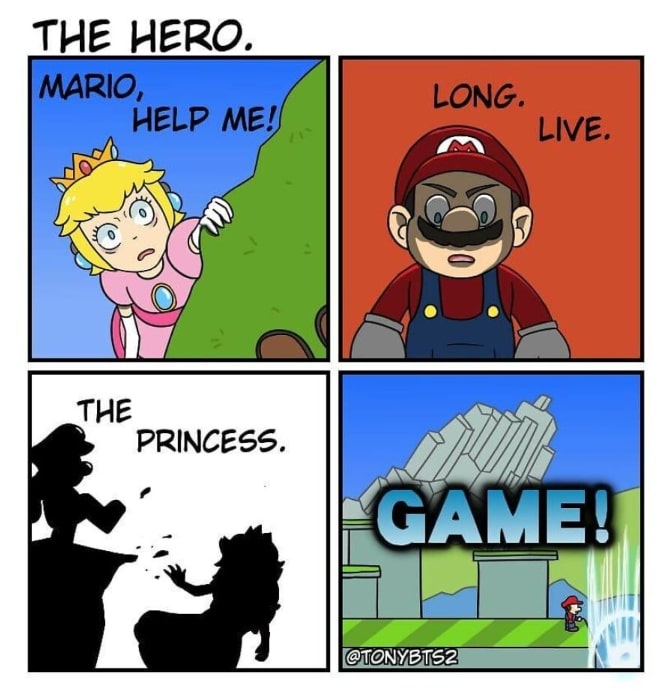
The major goal of a comic book artist’s portfolio, whether printed or available online as part of a personal website, is to demonstrate that you can draw in a range of styles well and consistently. It’s also necessary to have a personal brand. It can take years to develop your personal brand.
Freelancing
The lack of regular payments, long hours drawing and re-drawing, seeking clients, and simply learning how to operate your business might take a toll if you decide to freelance and try to break into the market on your own. In spite of this, many webtoons and comic book artists make a living as freelancers.
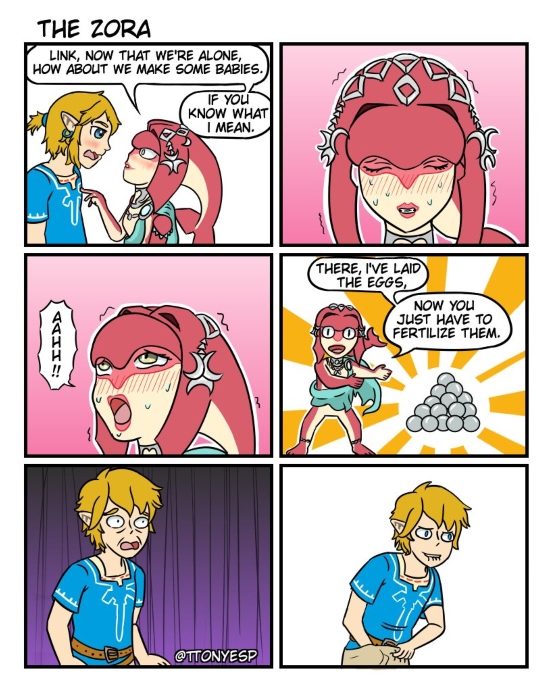
You can post samples and your profile on one of the many freelance sites, like UpWork or Guru, to get you started. However, you will not become wealthy overnight. As in most art areas and industries, you must prove yourself first, frequently making very little money at first.
How much can you make as a webtoon or comic book artist today
The majority of comic book artists work for newspaper syndicates, freelance, or comic book publishers. There is no payment information for comic book artists/cartoonists in the US Bureau of Labor Statistics. However, between 2014 and 2024, the job outlook for multimedia artists and animators (which includes graphic novel artists) is predicted to expand by 6%, with a typical median wage of around $64,000.
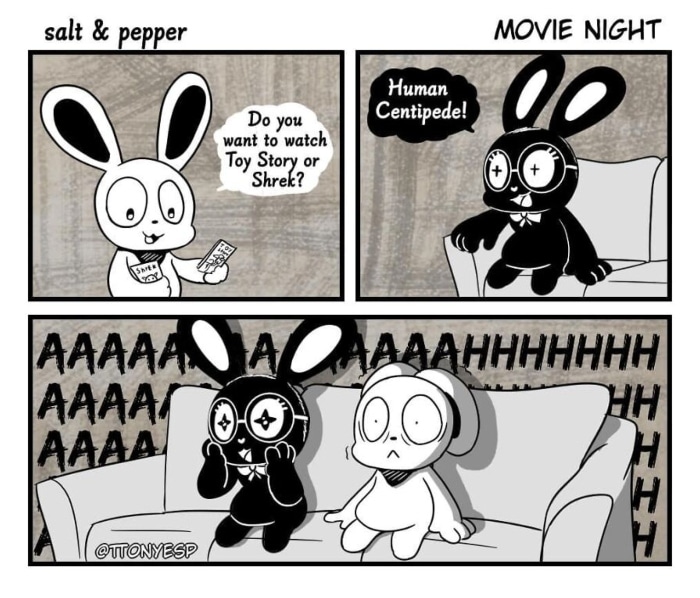
The amount an artist (or writer) is paid is determined by a number of factors, including firm size, location, media (printed or internet), and whether you work for a corporation or as a freelancer.
Make use of internships
Gaining professional experience while still in school can benefit because the field of comic book artists is so specialized. Internships, drawing a comic strip for your campus newspaper, or freelancing on the side are all possibilities. Joining certain associations and organizations and visiting conferences with your portfolio in hand might help an aspiring artist.
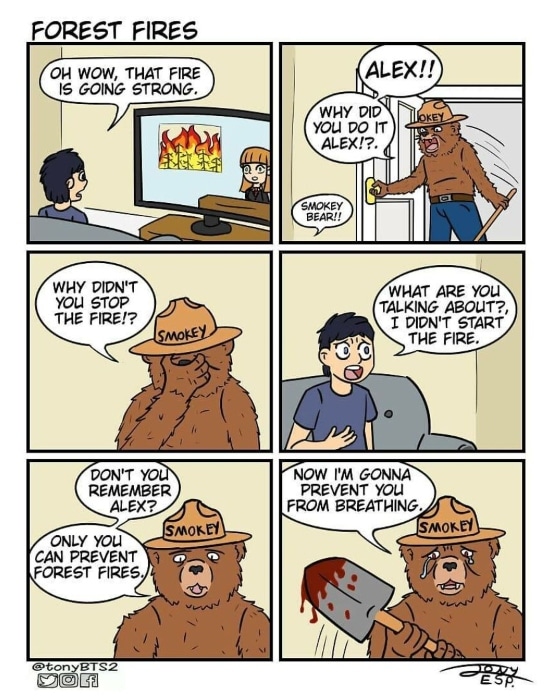
Persistence and effort are required to advance as a comic book artist. You can develop life-long industry connections via networking in school, at conferences, and other pertinent events, which can often lead to a job. Use every opportunity to make yourself available.
Recommended books
“Understanding Comics” by Scott McCloud is an excellent introduction to the genre if you want to learn why graphic novels, webtoons, and comic books are so popular among teenagers. McCloud investigates the nature of visual symbolism and the juxtaposition of pictures and words with wit and style as he explores the roots of sequential art, beginning with Egyptian hieroglyphics.
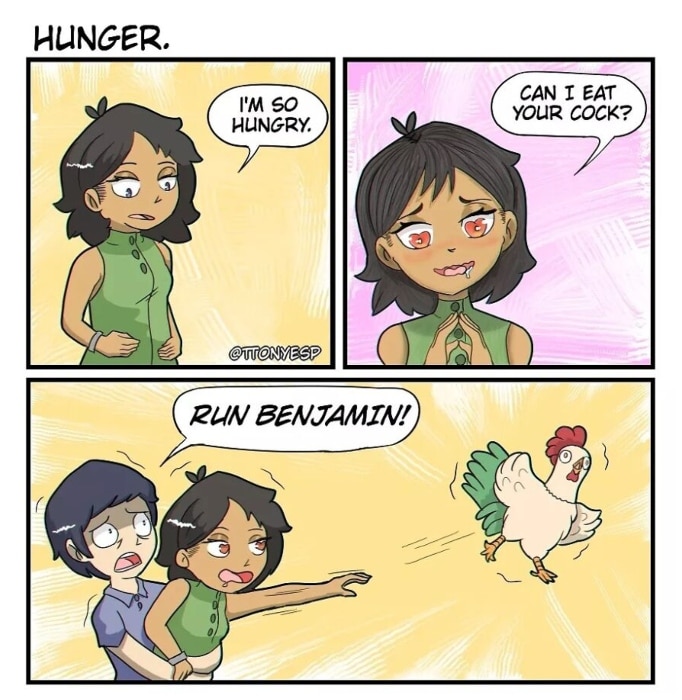
This is a fantastic 224-page comic book that is jam-packed with information and pleasure. It’s also a powerful demonstration of Scott’s remarkable artistic versatility. It is a great resource for anyone interested in young adult fiction, and it’s also an enjoyable read.
When Did Comic Books First Become Popular?
The so-called “Golden Age” of comic books lasted from 1930 to 1950, and it was during this time that the superhero archetype was first introduced to the canon. Some of the most well-known comic book characters of all time were created during this time period, including Superman, Batman, Spider-Man, Captain America, and Wonder Woman.
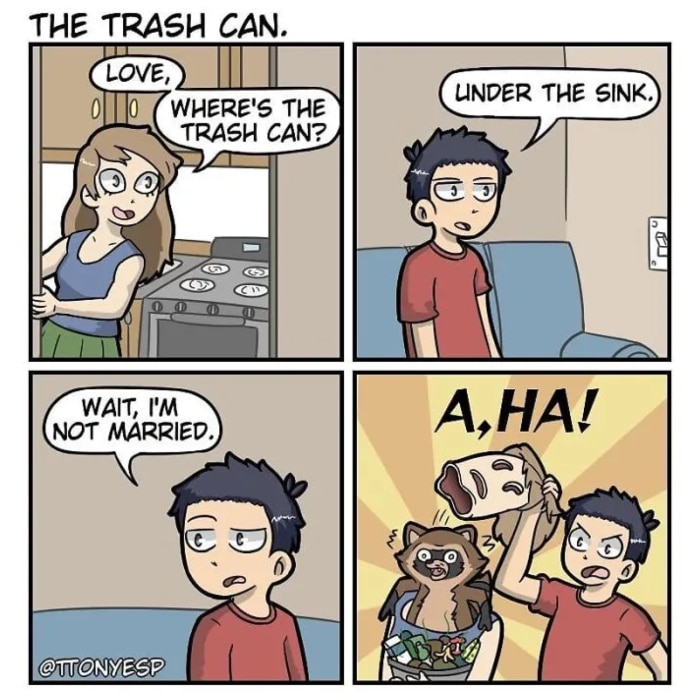
After WWII, new genres such as romance, Westerns, and science fiction supplanted the superhero genre. The modern age of comic books (the 1980s through to today) has experienced a dramatic expansion of form, as independent publishers and the internet have paved the way for new talent.
Morphology of a comic (I)
A comic book is typically composed of a number of elements that all work together to tell the story as the artist intended. First comes the panel, which is one illustration on a page usually surrounded by a border. A comic book page is made up of one or more panels.
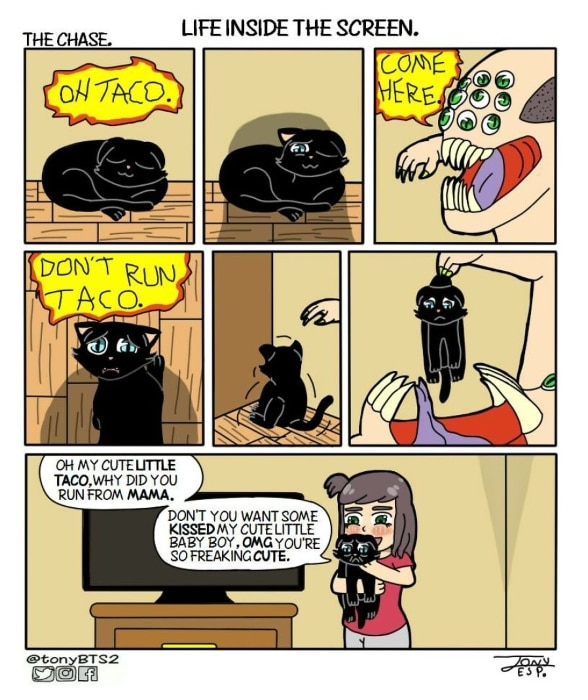
Each panel moves the story along, by depicting an action with figures and speech bubbles. Then comes the gutter, which is the space between the panels. These spaces can be large or small, impacting how easy it is to read the pages. Then comes the tier; a single row of panels.
How he handles feedback
Tony has 34.8k Instagram followers, and the comments there can be positive or negative, but the artist keeps an open mind and sees criticism as an opportunity to better his work. He says, “Some love, some hate them, and others are just indifferent… but I always loved hearing my readers’ opinions, especially if it’s criticism.

It helps me improve in one way or another.” He’s a firm believer in the concept of ‘death of the author’. All he wants to do is make people laugh, but what the audience gets out of it is all up to them.
Morphology of a comic (II)
Then you have the splash, which is what we call a full-page illustration often used at the beginning of the comic book to introduce the story and establish the setting and mood. The spread is an illustration that is spread out over more than one page. You also need a caption; a box that is separate from the rest of the panel is usually used to provide context for what’s happening through a narrator’s voice.
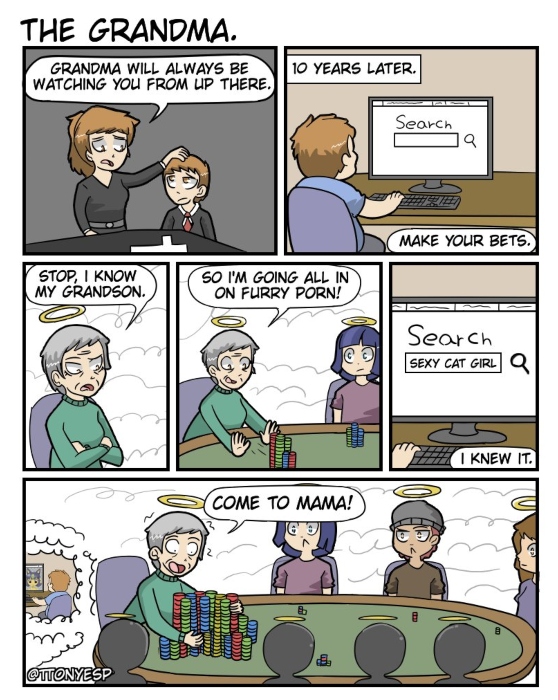
The speech bubble/balloon contains the dialogue of the characters and inside the panel. Each balloon has a “tail,” which points to who is speaking.
What do you need to make a comic book or a webtoon?
While it is possible to create a comic book on your own, this is a rare skill. Writing comics is a difficult and time-consuming task. The majority of writers conceive the story first, then work with other artists to bring it to life on the page. Consider the numerous collaborators involved in the creation of a comic book.
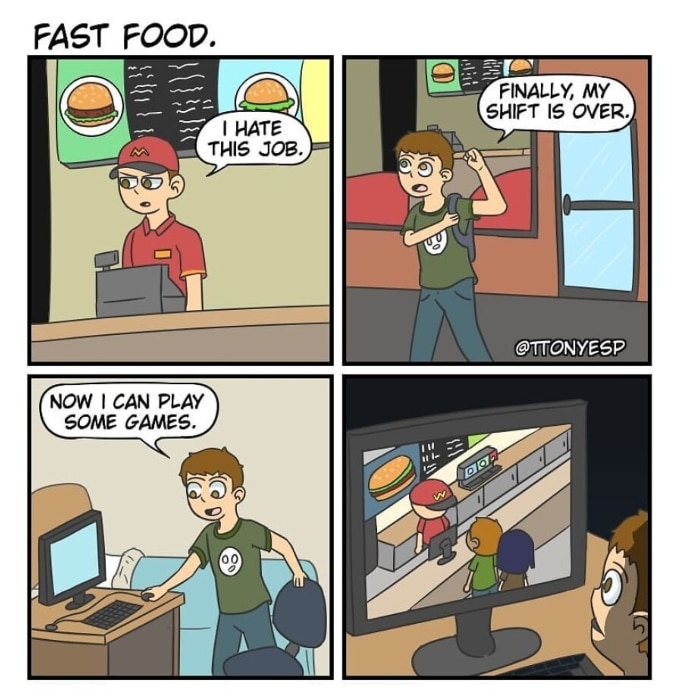
Firstly, you will need a writer, who will come up with a plot, setting, characters, conflict, and dialogue are all elements that the writer develops. They also write an outline and a script that the other collaborators can use as a guide.
An editor and an artist are needed
Every good writer needs an editor. An editor should, in theory, know a writer well and understand their goals for their webtoon or comic book, but still be able to offer constructive criticism, especially if something in the story isn’t quite hitting the mark.
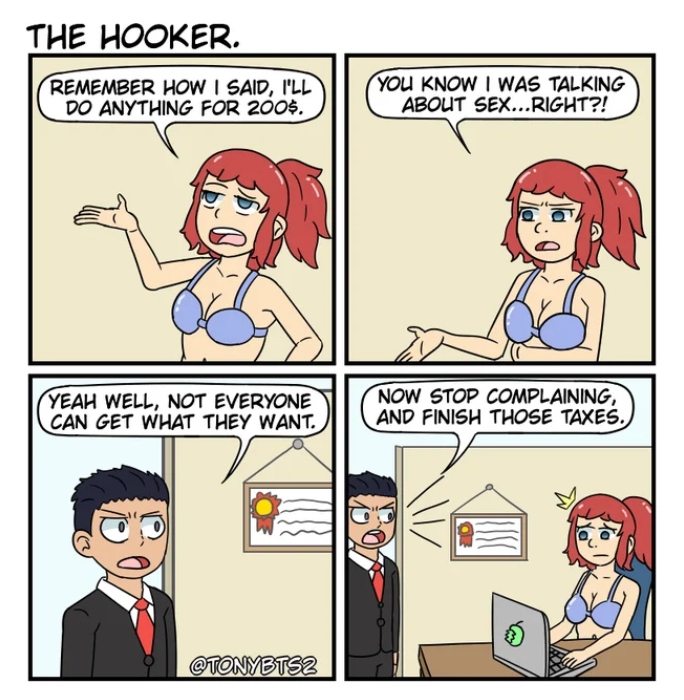
Then you have the artist, who creates panel illustrations based on the writer’s directions. The artist has the ability to give the direction a subtle dimension; for example, the line “the character looks away” can be depicted in many ways, including a sorrowful expression on the character’s face, the character’s face in shadow, or the back of the character’s head angled just so.
A letterer and a colorist are also part of the process
A letterer uses typefaces, sizes, and calligraphy to tell a story. The letterer’s realm includes story titles, sound effects, and speech balloons. They also use ink to fill in the artist’s pencil lines.
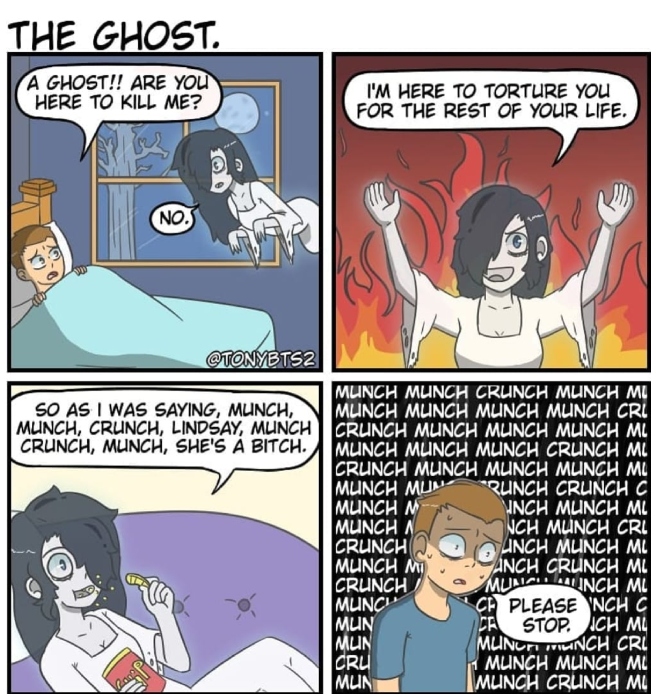
Then the colorist comes in and fills in the black and white lines with color after the plot has been sketched and the ink has been set. Brushes and dyes were used in the past to accomplish this. While some colorists like to work entirely by hand, others prefer to utilize modern digital tools; however, neither method is superior; it all comes down to personal taste and preference.
The cover artist
The Cover artist is like being an illustrator but for book covers or webtoon opening pages. Their work will be seen by customers first in the store and may entice them to pick the comic book upt. It might be a collective work of the above-mentioned artistic roles, similar to the comic itself.
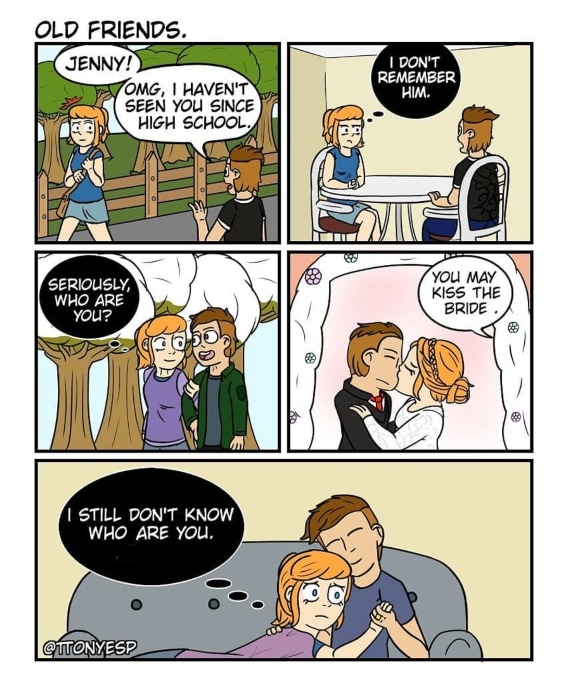
And then, there are a slew of different jobs you can choose from, such as product designer, layout designer, marketer, salesperson, and so on. Artists, like those who work in other print media and products, go to great lengths to get a concept onto the page and ultimately to the consumer.
How to structure a comic book in 3 Steps
When structuring a comic book, you will need to take into consideration 3 main acts to articulate the story. This technique is used both in films and other narrative art forms. It serves as a guide. Act 1, introduces the central characters and the comic book’s setting, mood, and dominant conflict.
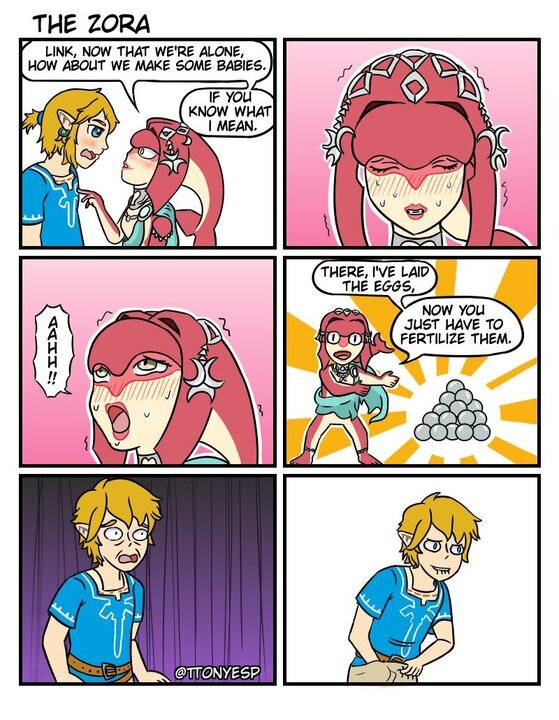
Then comes Act 2, where you tackle character development, individual story arcs, setbacks, challenges, what is learned, and finally, the climax. Lastly comes Act 3, where the post-climax resolution occurs, in which the characters undergo a transformation following what they learned from their ordeal.
The comic as a storytelling medium
Comics and webtoons are a type of visual storytelling that combines visuals and text. Panels, which are self-contained frames that tell one story beat, are used to present them in order (for example, one moment, one establishing shot of the scenery).
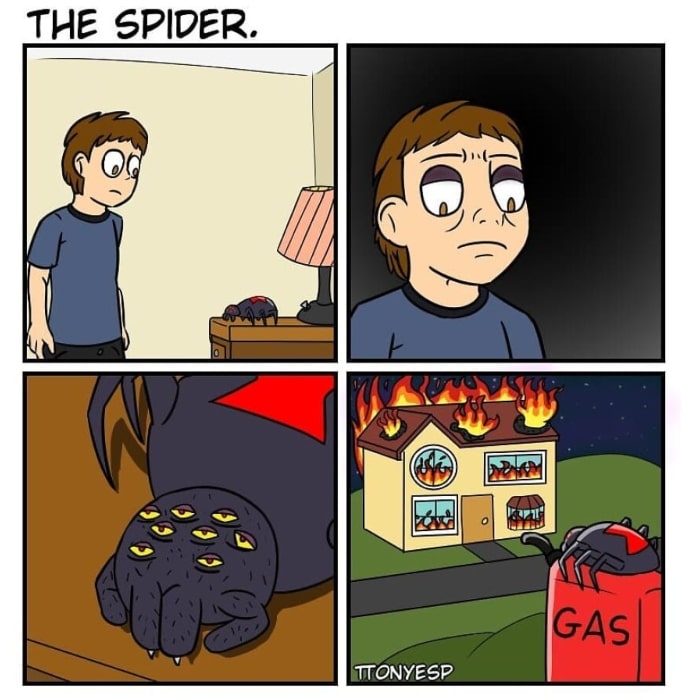
The medium encourages creativity by allowing comic book creators to experiment with the amount of space available on each page. “When you get to comics, you get to use graphics and words to try to achieve things inside the reader’s head that you wouldn’t be able to do with prose or cinema,” says acclaimed comic book writer Neil Gaiman.
Self-Published Comics
Comic book and webtoons artists may also crowd-fund the printing of a book, working directly with printers and handling marketing and distribution themselves, or perhaps even sponsoring the entire process themselves. Self-published works may require collaboration with a variety of retailers, frequently small book shops, to sell their work wholesale or on consignment, depending on how the shop operates and interacts with its suppliers.
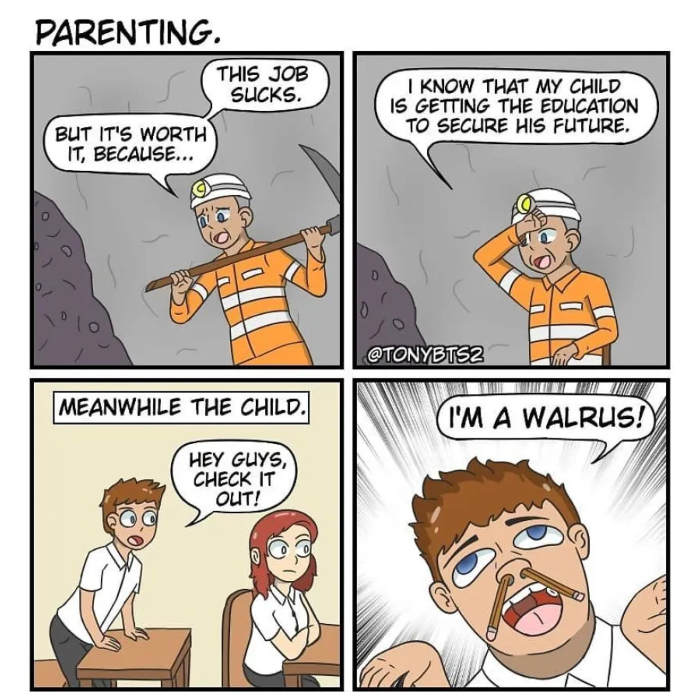
Self-publishing is one of artists’ many options to get their work out there. However, it is the most expensive one. On the other hand, it gives them a lot more freedom to publish their comic books.
Promoting on social media
Artists use social media extensively to promote their work. You can expect a tweet, a Facebook post, image previews on Instagram, short TikToks, and more whenever a comic is newly published or updated.

If the artist’s comic or webtoon is a part of a larger website or if they have a marketing team or person working with them, they may be able to reach a different, more established audience versus the one that specifically follows them and their work (which would allow their own reader and follower count to grow). Social media is an easy and cheap way to promote one’s work.
Crowdfunding to promote your comic
Don’t underestimate the potential of crowdfunding — there is nothing wrong with asking for financial support from your fans if it means you can provide a great product.
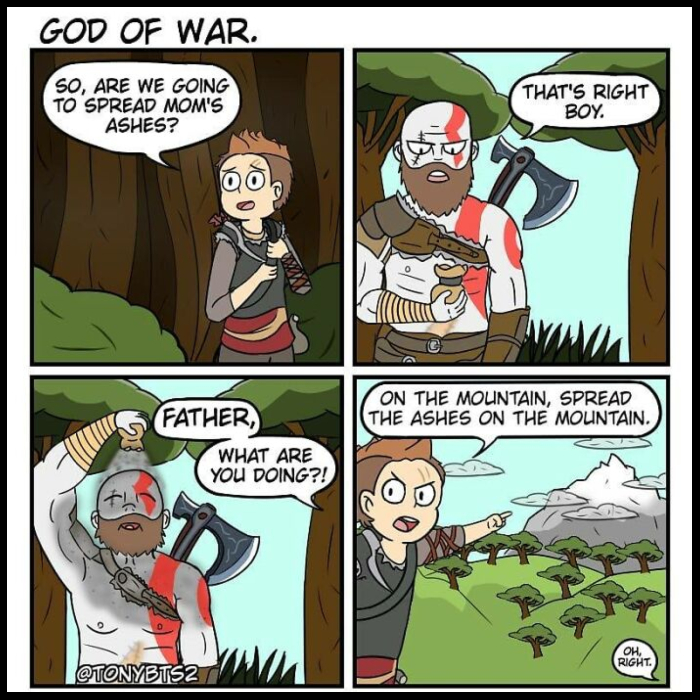
Sites like Kickstarter, Patreon, and Indiegogo are popular (and very wonderful) ways to fund your passion comic book project, as well as a great method to spread the news about your work, it helps advertise your comic book by making it easily shareable.
Make your comic easily available online
Having your entire comic available online – webtoon – as a PDF when you’re attempting to sell it for actual money may seem illogical. However, this is an effective strategy because it’s a low-effort approach for folks to see your work.
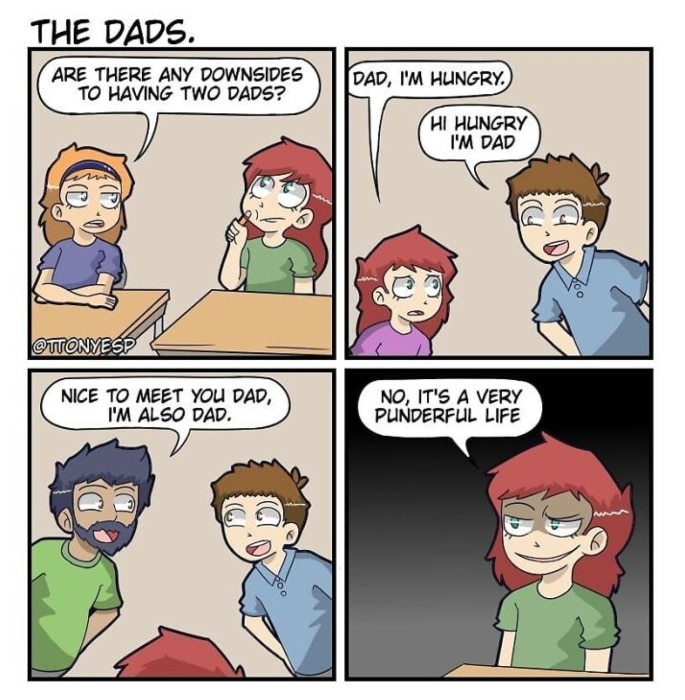
By making your comic easily available, you can increase readership. It’s a low-effort approach for folks to see your work. People may be more motivated to buy actual copies after seeing it online.
Offer a free online preview
You can always make a free online preview of your comic, or the first issue, and then sell the subsequent issues/trades. Promote your comic book and get people interested in it for free, and they’ll be more likely to pay for future issues.

Not only are they now fans, but you are also the one who provided them with a cool free comic! And they’ll thank you for it.
Be a guest blogger
When it comes to promoting your comic book or webtoon, it’s not always necessary to market it directly.
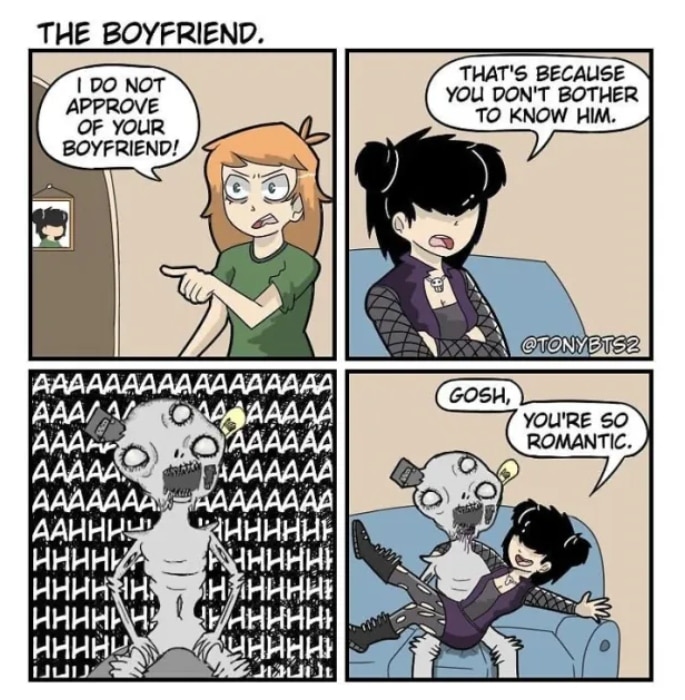
If you, for example, become a guest blogger on a blog that caters to your niche, you’ll pique people’s interest with your writing, and you can further attract their attention by including a link to your site or information about your comic in your author bio to promote your comic on the down low.
Sell your work in conventions
You can gain readership and attention in real life as well. Big and small comic book conventions are a good place to start. You don’t need to pay for a booth in the San Diego Comic-Con to sell your stuff; smaller, more specialized expos and conventions, such as Chicago’s CAKE, are also viable options.
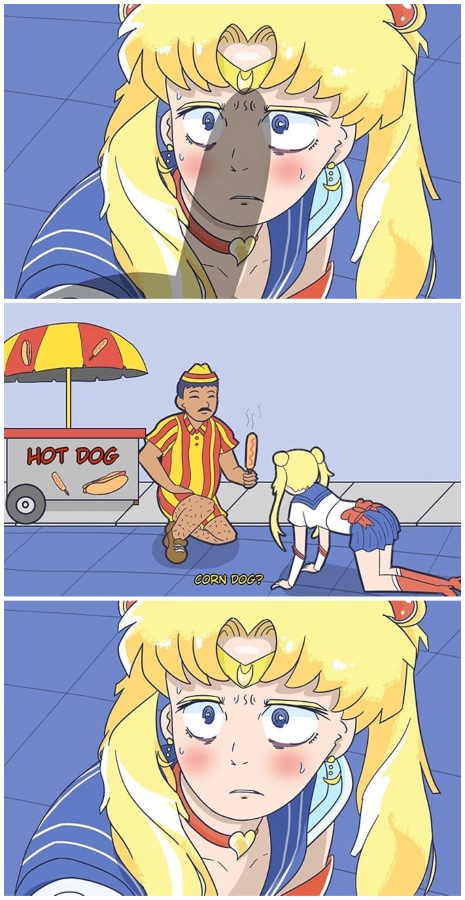
Comic bookstores, regular bookstores, and local coffee also make great opportunities to market your product.
Sell swag
Have you ever purchased a pin or shirt with a fantastic design only to discover that the artwork was taken from a comic or television show? It leads you to the source and you end up discovering a cool graphic novel.
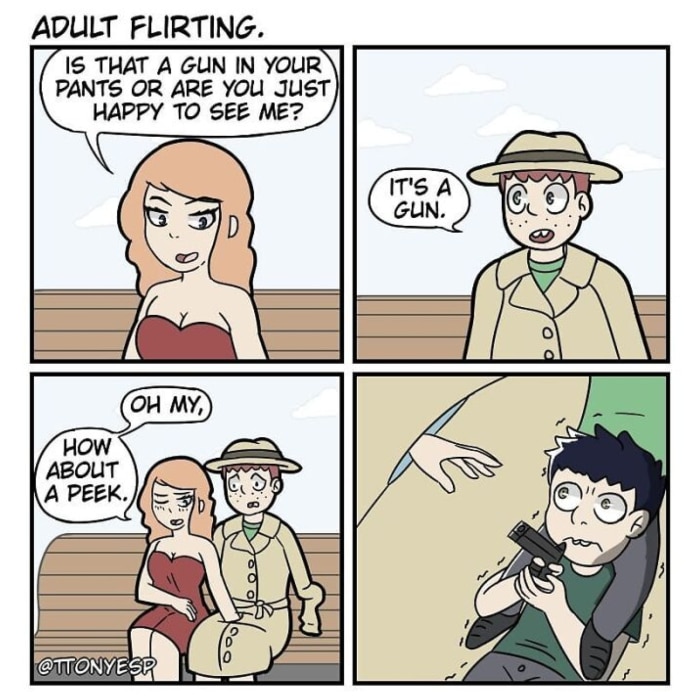
This can be a fantastic method to promote your comic. Consider selling patches, pins, or clothing with designs from it. Vinyl stickers are also quite popular in these circles.
Buy Some Banner/Button Ads
The online advertisement might not be the cheapest option, but it’s a great investment in the long term. You can hire talented webmasters to make the button ads and banners to help you recruit followers.
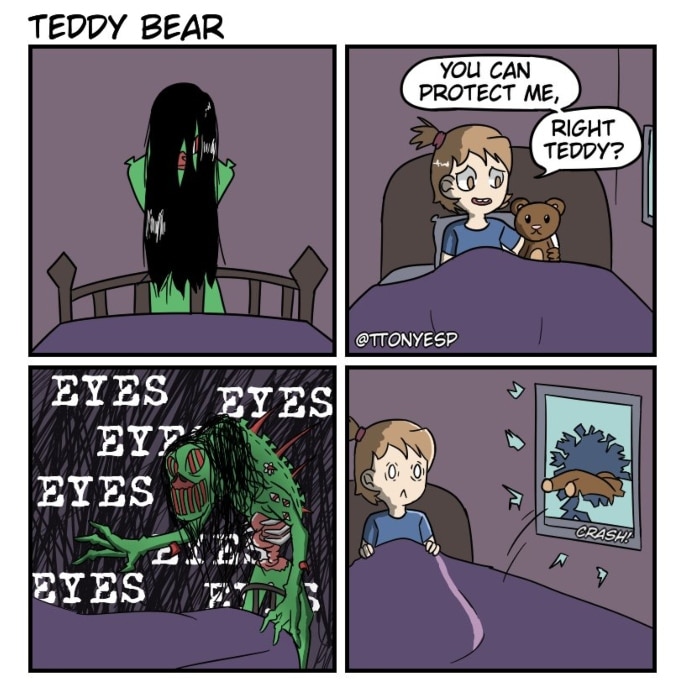
They can make the image as an active graphic hyperlink that takes you back to your index page, which would enable you to promote yourself more efficiently. Sometimes you need to spend money to make money.
Embeds & RSS
Allowing numerous embedding options and RSS feeds is another approach to marketing your webtoons from your website. You’ll require the services of a professional developer, but making it simple for others to share your cartoons will go a long way.
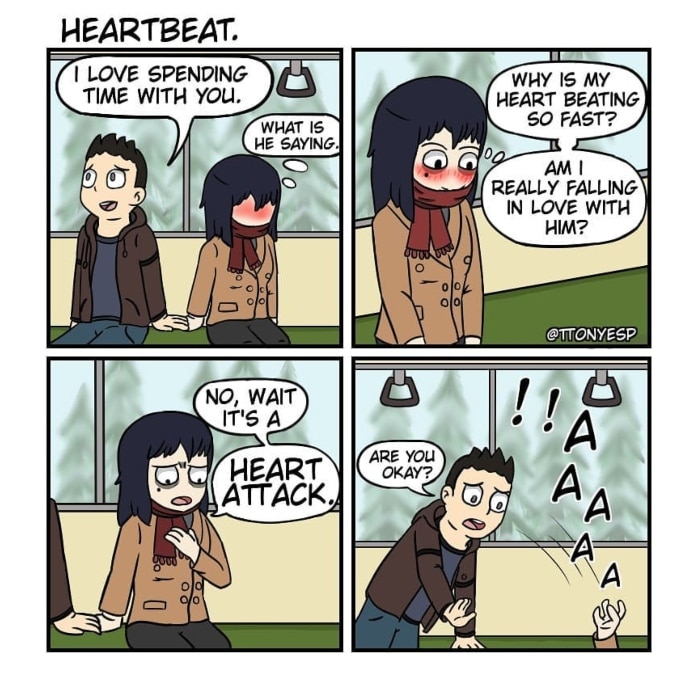
Have an option for people to embed a daily cartoon thumbnail in the sidebar of their website. It’s entertaining stuff for them, and it gets your attention and a link.
Another tool that is available out there is Pinterest. Freelance cartoonists have been seeing it as a referrer in their Google Analytics, and if you get a pin to go viral, you can get a lot of traffic from it.

However, as of 2019, Pinterest has cut down on repin threads and other sought-after strategies for repins. Don’t worry, a good viral pin will get repins on its own.
Flickr
While Flickr appears to have faded into Instagram’s shadow, it’s still an important place to have a presence. You can use it to store photos of your webtoon collection.
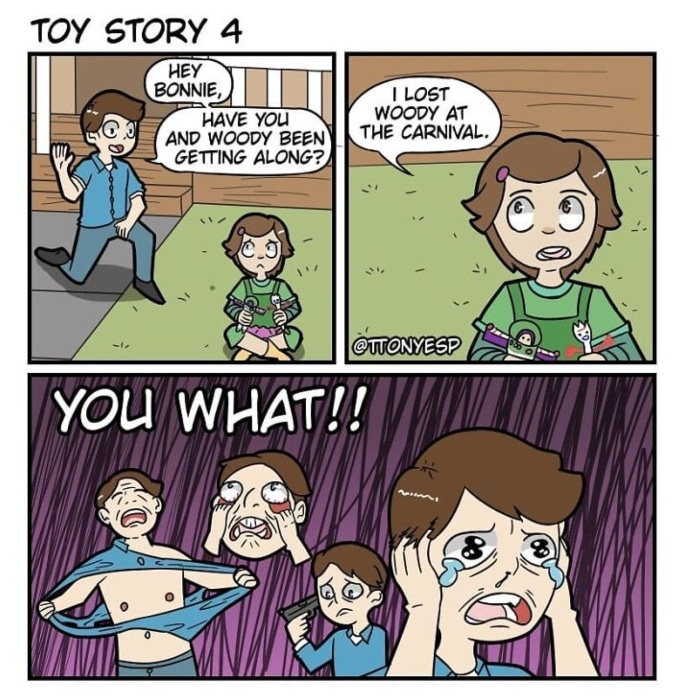
A smart strategy is to write a blog post on a set, display a photo, and direct folks to Flickr for the rest. Although it might not be the biggest source of traffic, it does have an impact on search results.
Believe in the idea
You stand out among all the web information thanks to your unique point of view. Start with a subject you are very interested in. You should be dedicated to your characters and plot because creating a comic book requires a significant amount of time and work.
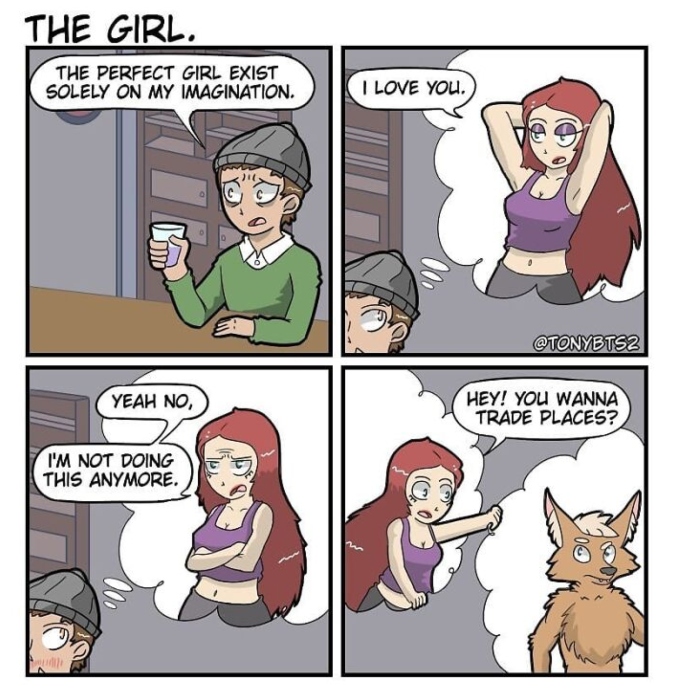
Keep a notebook nearby so you may record any story ideas, character concepts, or dialogue as they come to you. It is essential that you work on character development as well as story development.
Develop your script before illustrating it
Don’t start creating your comic book right away. Instead, take your time. You already know how crucial it is to have a gripping plot if you’ve ever read a book. Write your script before you start drawing if you want to make a comic that reads smoothly and is expertly put together from start to finish.
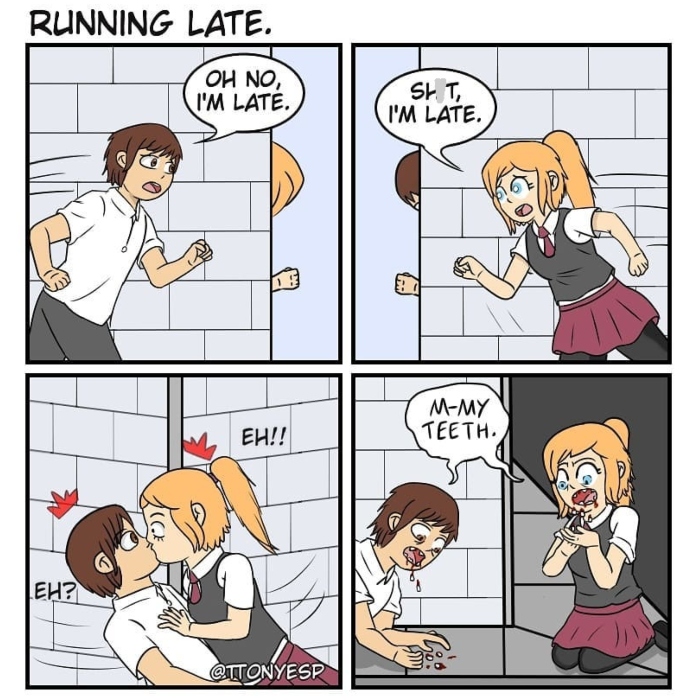
If not, you run the risk of having to delete or alter dozens of panels if the plot falls flat. That would require a complete rewrite, which would take a lot of time.
Learn about the practices of your favorite comic book creators
After viewing enough of them, you might begin to believe that you are capable of producing your own comics. However, there’s always something new that you can learn from more skilled illustrators.
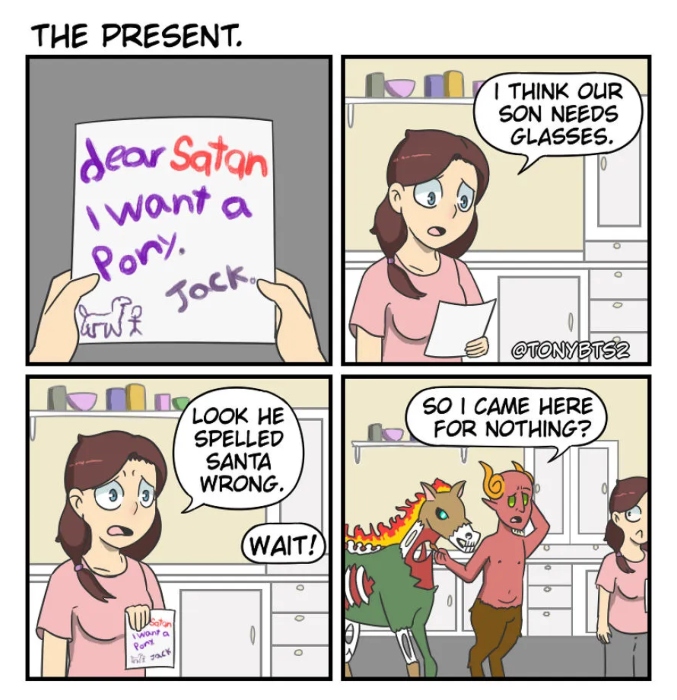
By reading blogs, books, and interviews, you can learn more about the methods used by your favorite comic book authors. There are standards and advice readily available for illustrators who are new to the comic book business. Use these resources and tools when you’re feeling unmotivated or stuck.
How to build the tension right
To keep readers interested, make sure the content fits into each panel while the story continues. Do you consider the discussion to have been successful? On each page, are there too many actions? Think about how you can create tension at the end of each page to draw the reader in.
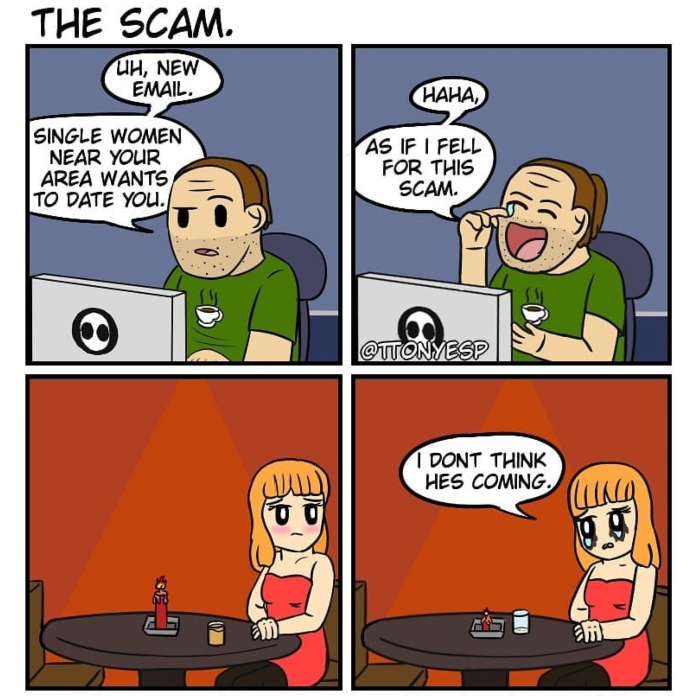
You’ll learn to discern when and how to cut your panels as you draw more. The ability of synthesis allows a single act or sight to frequently convey a thousand words.
Establish a consistent illustration style
The best advice from seasoned comic book creators is to pick an illustration style that works for your project. Some characters’ or backdrops’ texture, shading, or color may be affected. A page’s allowed frame count may also be restricted.
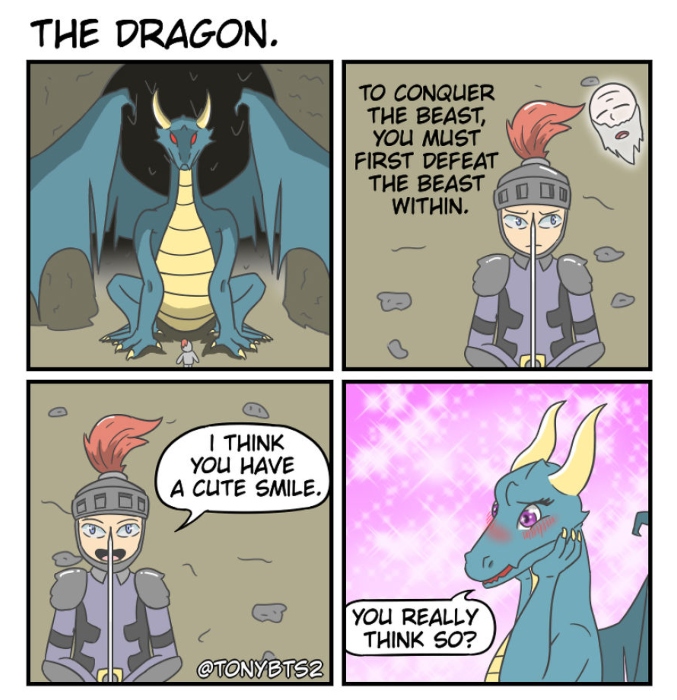
The objectives are to maintain visual consistency and refrain from creating drawings that cannot be repeated later. If the look and feel of your brand are constant, your readers will feel more at ease. It makes you more credible and recognizable, both of which are essential for gaining and maintaining a following.
Sketching approach
We have access to a wide selection of technologies when it comes to drawing. No matter if you sketch on a tablet, with a pencil and paper, or using drawing software, the process will always be unique. Whatever method of sketching you choose, there are a ton of articles, classes, and forums to help you.
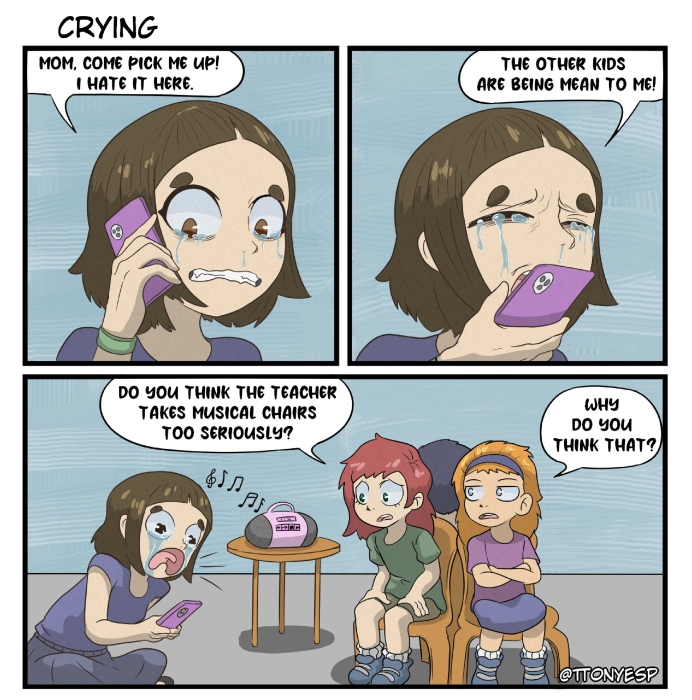
You’ll normally draw (outline), ink (to add texture and depth), color (choose a color scheme), and letter your comic book illustrations (selecting a font). Consider your comfort level with the technologies you chose to utilize for your sketches.
Your readers experience
The format you select will affect the reading experience you have while reading print comics. Comics are a common form of media in blurb magazines. There is plenty of space on each page, and printing many copies is not expensive.
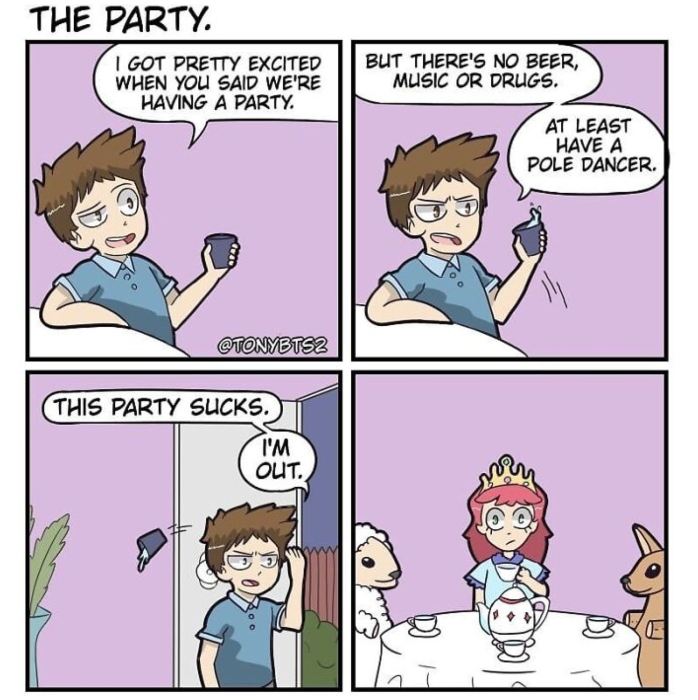
Choose the publishing tool that best suits your skills after choosing your format. At this stage, you will be able to see the finished item. You do have other choices, though. You can enter the world of webcomics by starting a blog or an Instagram account.
Tony webtoons’ humor style
Tony’s humor is dark, and he believes that it’s ok to enjoy dark humor. In fact, a study by Willinger, U., Hergovich, A., Schmoeger, M. in Cognitive Processing suggests that this is true. Apparently, If you enjoy inappropriate and darker jokes, you’re not bad, just smart.
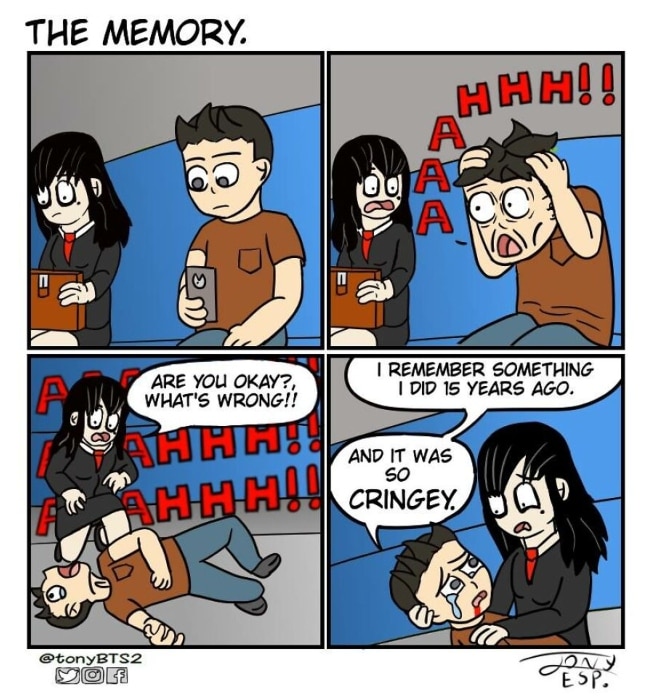
So, even though dark comedy isn’t everyone’s cup of tea, feel proud when you laugh at it. “Dark humor isn’t for everyone, but I like to believe that nothing is off the table when it comes to comedy. Of course, I have my standards and preferences, so even I have my limits.”
Death of the author concept
Death of the Author is a literary criticism notion from the mid-twentieth century, named after Roland Barthes’ seminal 1967 article on the subject. It asserts that an author’s objectives and background (including politics and religion) should have no bearing on how their work should be interpreted.
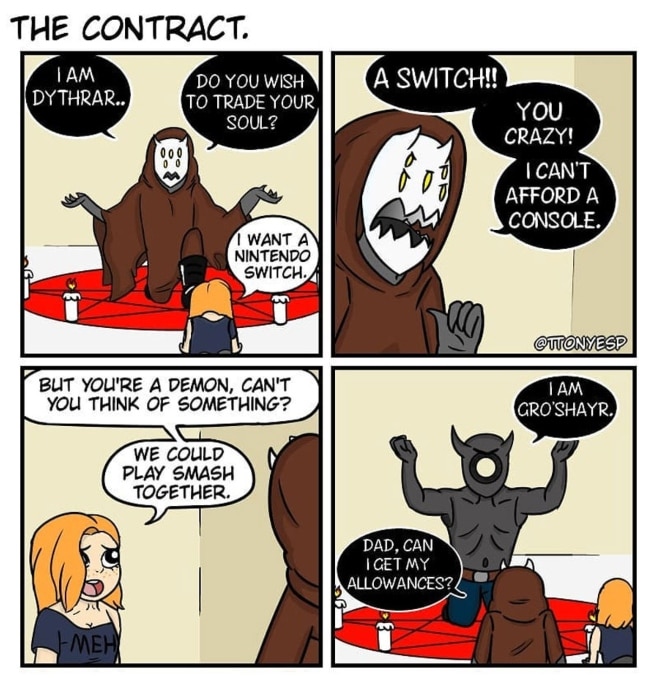
According to Barthes, readers must thus separate a literary work from its creator to liberate the text from prejudiced interpretation. A work’s essential meaning depends on the reader’s impressions; “a text’s unity lies not in its origins,” or its creator, “but in its destination,” or its audience.
Exploring the Human Condition
Tony Esp’s Webtoons are known for exploring deep and meaningful themes that have resonated with readers around the world. From the complexities of human relationships to the struggles of personal growth, his stories often delve into the human condition. His ability to weave these themes into his storytelling has garnered him a dedicated following, as his readers connect with the characters and their experiences on a personal level.
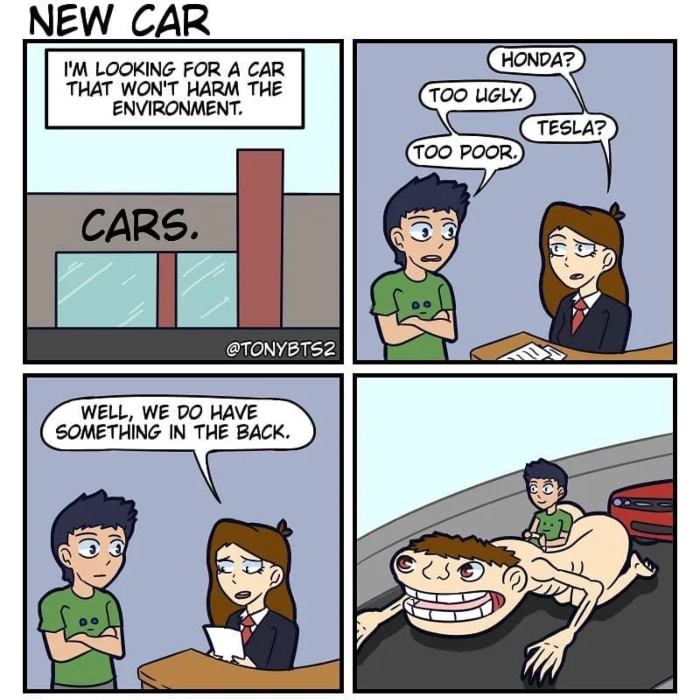
Tony’s Webtoons are not just entertaining but thought-provoking and have generated discussions around important topics such as societal expectations and self-discovery, making him one of the most impactful creators in the Webtoons community.
Commitment to Diversity in Webtoons
Tony Esp’s commitment to representation and diversity in his webtoons is a vital aspect of his work. By featuring characters from a wide range of identities and backgrounds, he creates a space where readers can see themselves represented on the page. He also tackles complex social issues in a thoughtful and nuanced way, challenging readers to examine their own biases and understandings of these topics.
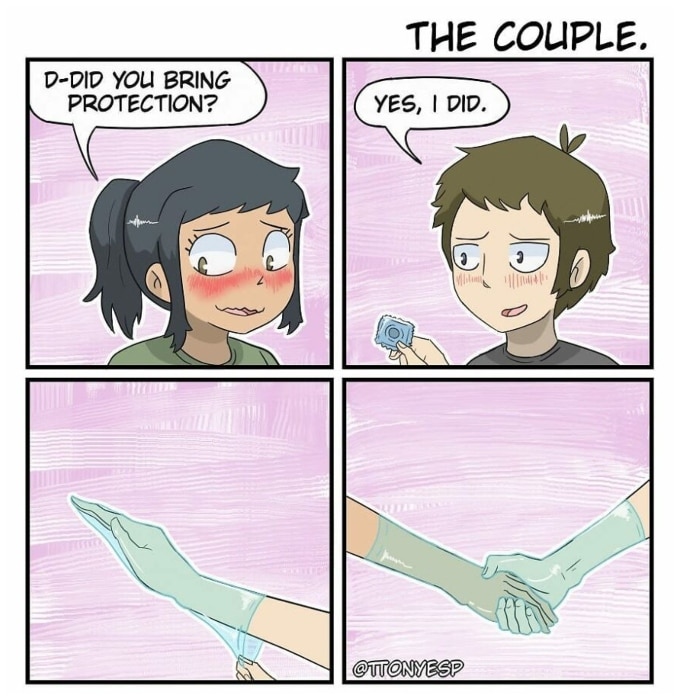
Tony’s dedication to representation and diversity has earned him a dedicated following, as well as numerous awards and nominations. It is a testament to the power of inclusive storytelling in the world of comics and graphic novels.
His Impact on Other Webtoons
Tony Esp’s impact on the webtoon industry cannot be overstated. His success has inspired countless artists to follow in his footsteps and pursue their passions in the field of comics.

Moreover, his visually stunning and emotionally engaging works have helped to establish webtoons as a legitimate form of art and storytelling, paving the way for other artists to showcase their talents in this medium. His impact on the industry is truly remarkable and will continue to inspire and shape the future of webtoons.